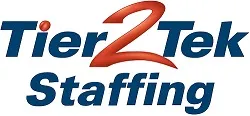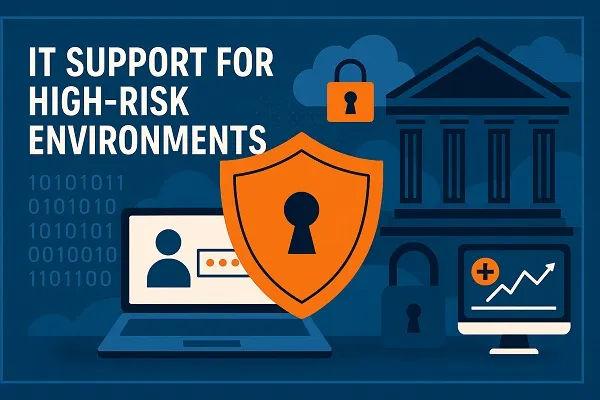IT support for supporting high-risk environments plays a crucial role in maintaining operational continuity, ensuring data security, and enabling real-time decision-making in industries where even minor failures can result in significant consequences. High-risk sectors such as healthcare, finance, energy, defense, and manufacturing demand specialized IT infrastructure, rapid response strategies, and fortified cybersecurity protocols.
These environments require IT teams to go beyond standard troubleshooting and provide proactive monitoring, robust system hardening, and full compliance with industry regulations. Unlike typical office settings, high-risk environments are often mission-critical, meaning downtime, breaches, or system failures could lead to financial losses, safety threats, or even life-threatening situations.
What Defines a High-Risk Environment?
A high-risk environment is one where failure or security breaches can lead to:
- Financial loss
- Legal and regulatory consequences
- Human safety risks
- Environmental harm
- Data breaches with wide-reaching impacts
Common examples include:
- Hospitals and healthcare systems (HIPAA compliance, patient safety)
- Financial institutions (fraud prevention, transaction integrity)
- Utilities and energy grids (SCADA systems, 24/7 uptime)
- Defense and aerospace (classified information, mission-critical systems)
- Manufacturing plants (automation systems, worker safety)
Unique Challenges of IT Support in High-Risk Settings
Providing IT support in high-risk environments requires addressing a unique set of challenges:
1. Downtime is not an option
Every second of system failure can cost lives or millions in lost revenue. Redundant systems and real-time failover capabilities are a must.
2. Stringent compliance requirements
Regulatory frameworks like HIPAA, PCI-DSS, NIST, and GDPR demand precise data handling, logging, and incident reporting.
3. Constant threat of cyberattacks
High-risk industries are prime targets for ransomware, data theft, and nation-state attacks. Strong endpoint protection, patch management, and network segmentation are essential.
4. Complex technology stacks
Legacy systems often coexist with modern tech. IT teams must support hybrid environments without causing conflicts or downtime.
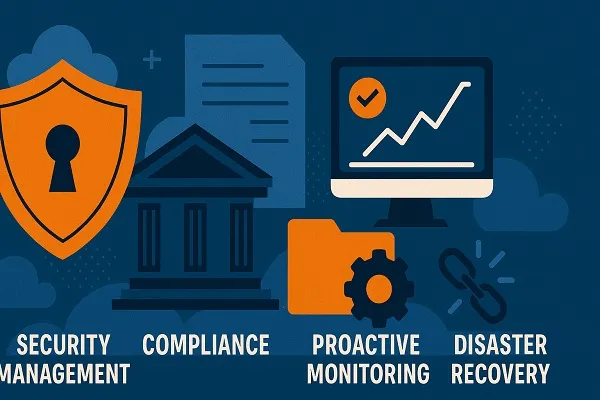
Effective IT support in these environments is built on a foundation of reliability, security, and responsiveness. Here are the core components:
Real-Time Monitoring and Incident Response
- 24/7 system monitoring using advanced tools like SIEM and AIOps
- Automated alerts for anomalies and performance issues
- Incident response plans with predefined escalation paths
- On-site and remote IT teams with rapid response capabilities
Robust Cybersecurity Measures
- Endpoint Detection and Response (EDR)
- Intrusion Detection Systems (IDS)
- Multi-factor authentication (MFA) and role-based access control
- Frequent security audits and penetration testing
Infrastructure Redundancy and High Availability
- Dual data centers or cloud failover configurations
- Load balancing and redundant internet connectivity
- UPS and backup power systems
- Scheduled testing of failover systems
Backup and Disaster Recovery
- Regular, encrypted backups stored offsite or in the cloud
- RTO (Recovery Time Objective) and RPO (Recovery Point Objective) clearly defined
- Full disaster recovery (DR) plans with documented procedures
Industry-Specific IT Support Considerations
Healthcare
- Patient data security (HIPAA compliance)
- 24/7 access to EMRs and medical imaging systems
- Integration with medical devices and hospital networks
- Telemedicine support and remote diagnostics
Finance
- Real-time transaction processing systems
- Data encryption and fraud monitoring
- Compliance with SOX, PCI-DSS, and local banking laws
- High-frequency trading platforms with zero latency tolerance
Energy and Utilities
- SCADA system reliability and OT (Operational Technology) support
- Protection from state-sponsored cyber threats
- Support for IoT sensors across remote grid locations
- Environmental monitoring and emergency alert systems
Manufacturing
- Maintenance of industrial control systems (ICS)
- Uptime for automation lines and robotics
- Secure remote access for field engineers
- Integration between ERP, MES, and plant-floor systems
Proactive Support Strategies That Reduce Risk
Rather than reacting to issues, IT teams in high-risk sectors must implement proactive strategies. These include:
Regular Risk Assessments
- Identify vulnerabilities in systems, software, and processes
- Evaluate the likelihood and impact of various risk scenarios
Security Awareness Training
- Train all employees on recognizing phishing attempts
- Simulate attacks to test and improve response protocols
System Hardening
- Disable unused ports and services
- Apply security baselines for OS and applications
- Regularly update and patch all software
Change Management
- Strict controls over software or infrastructure updates
- Testing in sandbox environments before production rollout
- Full documentation and rollback plans
IT Support Personnel: Skills and Roles Required
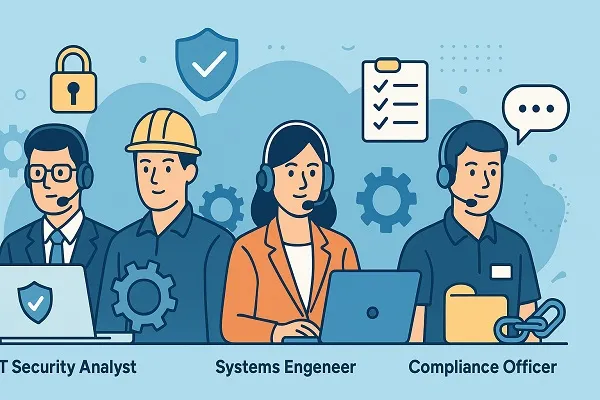
Supporting high-risk environments requires a specialized workforce. Key roles include:
- IT Security Analysts – Monitor threats and manage cybersecurity tools
- System Engineers – Maintain uptime and performance across critical infrastructure
- Compliance Officers – Ensure adherence to regulatory standards
- Helpdesk and Field Support Technicians – Provide rapid, accurate assistance
- Disaster Recovery Specialists – Design and test contingency plans
Key skills:
- In-depth understanding of industry regulations
- Crisis communication and decision-making under pressure
- Multi-disciplinary technical knowledge (networks, security, applications)
- Incident logging and documentation practices
Technologies Empowering IT Support in High-Risk Areas
Several technologies play a pivotal role in enhancing IT support in such environments:
- Artificial Intelligence and Machine Learning (AI/ML)
For anomaly detection, predictive maintenance, and real-time alerting - Zero Trust Architecture (ZTA)
Restricts lateral movement inside networks and enforces least privilege access - Cloud and Hybrid Infrastructure
Enables scalability, redundancy, and secure remote operations - IoT and Edge Computing
Offers localized processing in environments like manufacturing and energy - Virtual Desktop Infrastructure (VDI)
Securely delivers applications to remote or mobile staff
Maintaining Business Continuity and Compliance
IT support must ensure that organizations can continue operations under all circumstances. Key focus areas include:
- Business Continuity Planning (BCP)
- Regulatory compliance monitoring and reporting
- Cross-functional coordination with operations, legal, and risk teams
- Regular drills for disaster scenarios
Measuring IT Support Effectiveness in High-Risk Settings
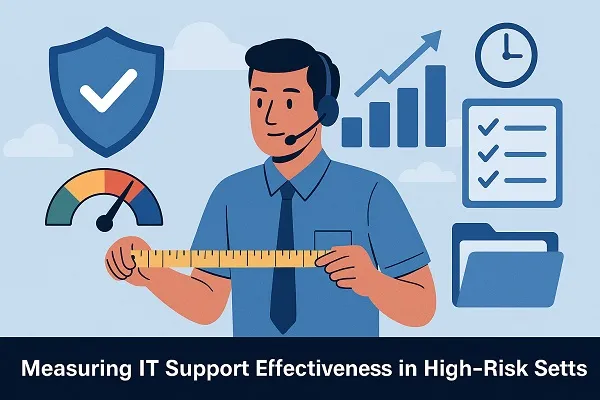
To ensure systems are performing optimally, organizations should continuously evaluate:
- Mean Time to Detect (MTTD)
- Mean Time to Respond (MTTR)
- Uptime/downtime metrics
- Audit results and compliance scores
- User satisfaction and incident resolution time
These metrics allow organizations to improve response times, reduce vulnerabilities, and demonstrate due diligence.
Strong IT support for supporting high-risk environments isn’t just about fixing technical issues—it’s about preventing disasters before they happen. From cybersecurity to uptime, from compliance to crisis response, organizations that operate in critical sectors must partner with IT teams that understand the weight of their responsibility. By implementing the right technologies, hiring the right experts, and following best practices tailored to their industry, these organizations can mitigate risk and maintain trust in the most demanding environments.
Content reviewed and published by Tier2Tek Staffing Editorial Team .
